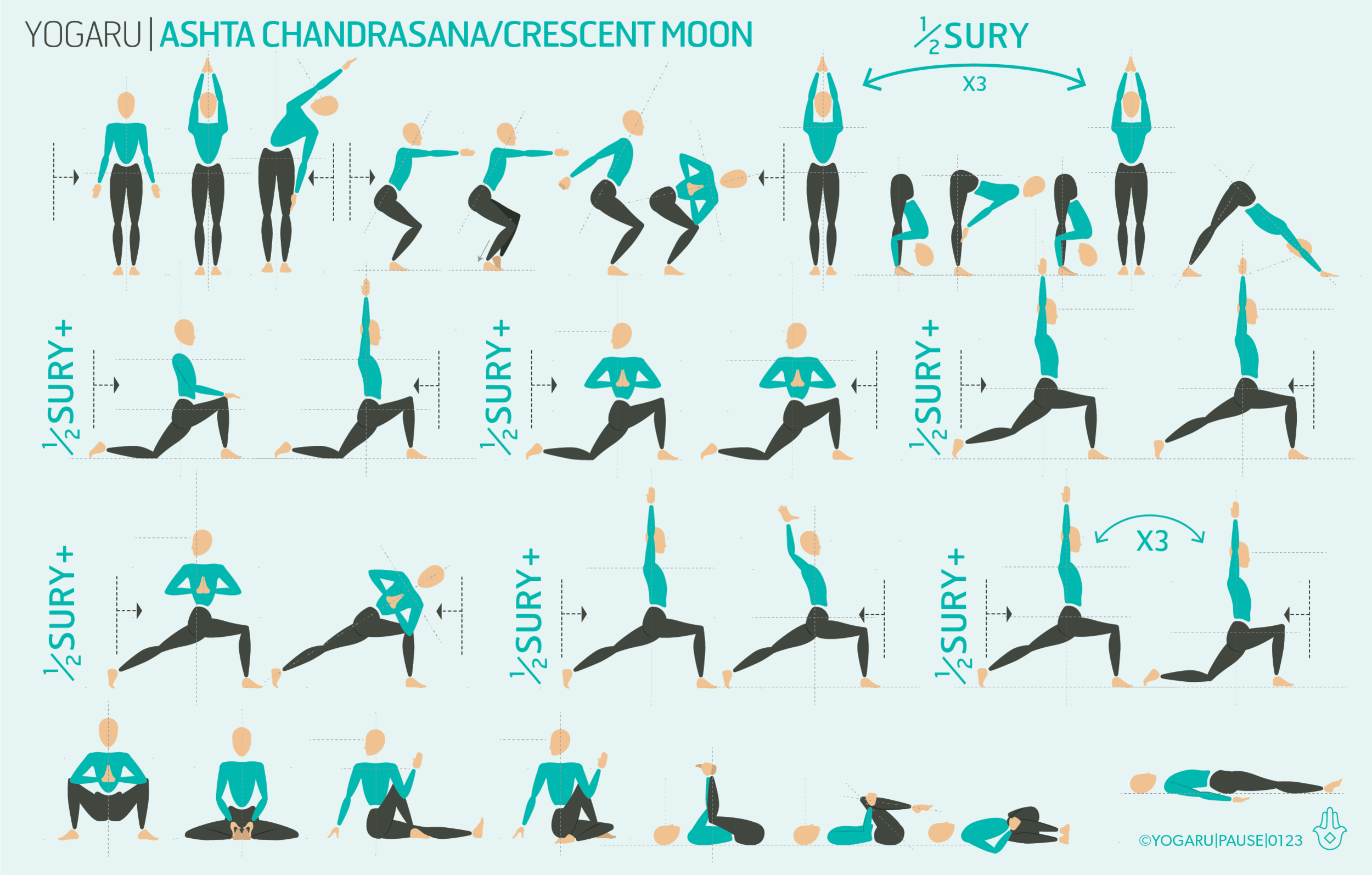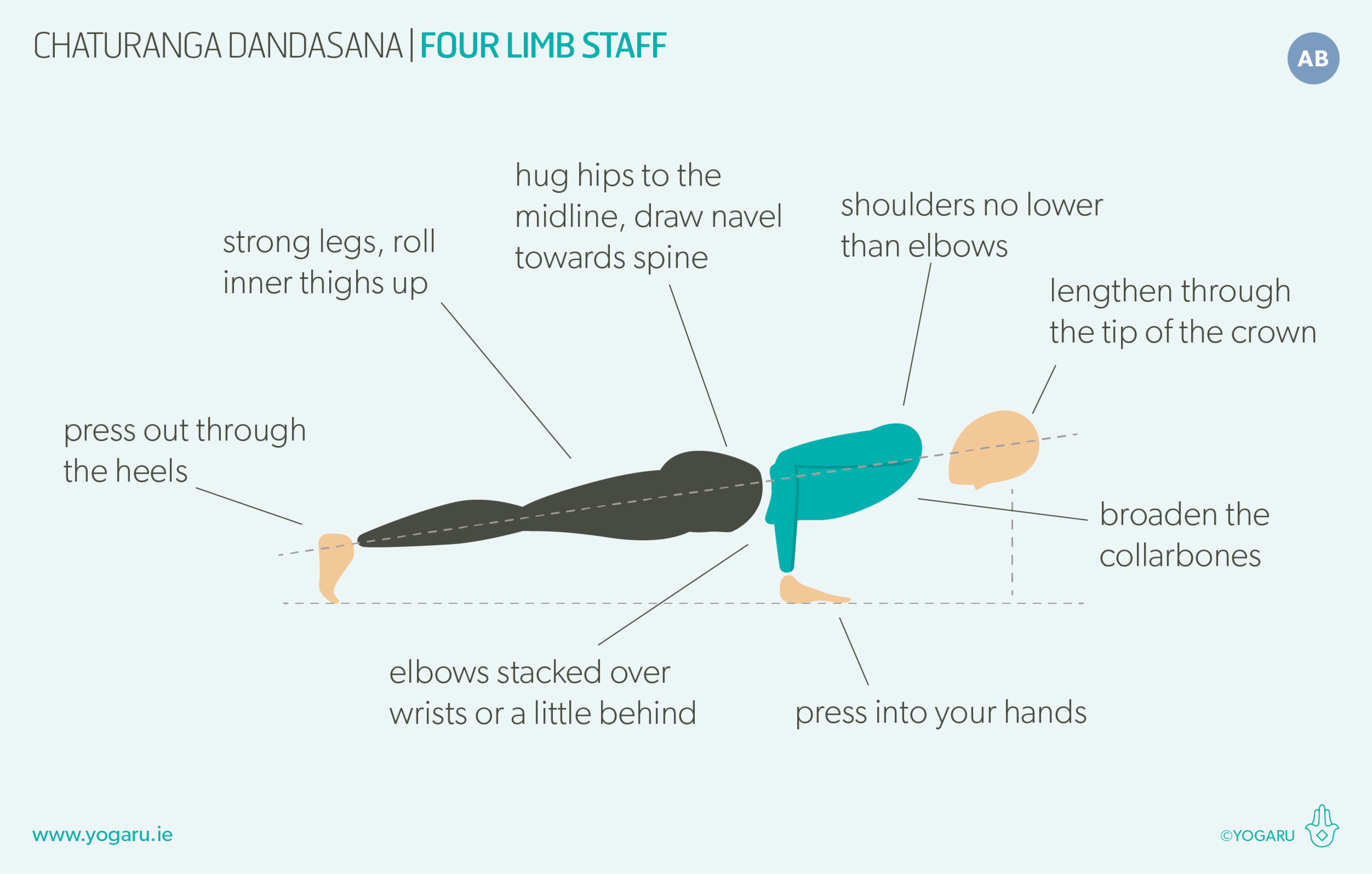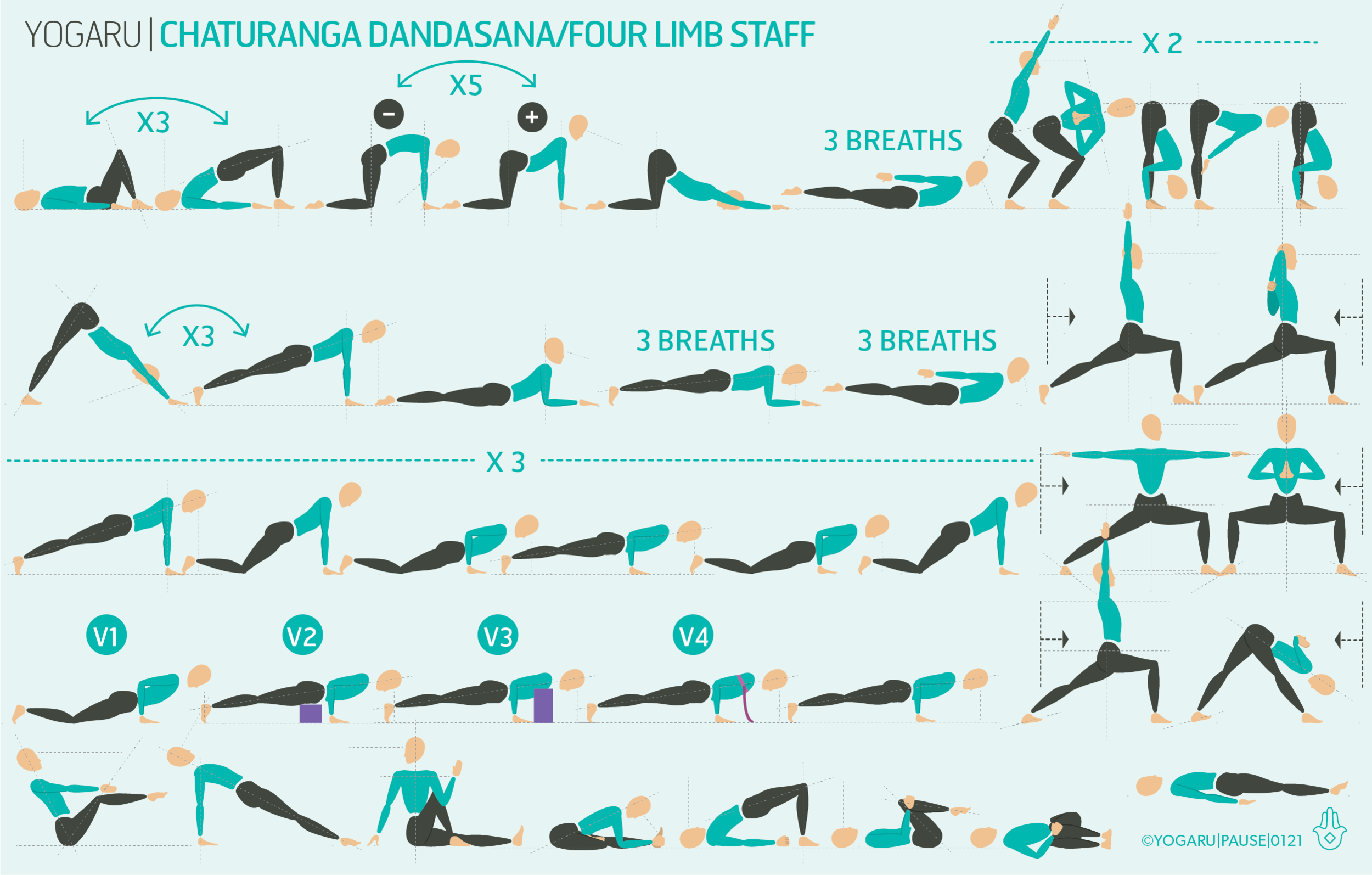KEEP IT SIMPLE
Your favourite yoga pose doesn’t have to be one of the big poses that takes years to master. The poses we see on social media are beautiful to look at, and can be quite aspirational, but don’t really reflect the poses that are the essence of the practice. The magic begins the minute you step on your mat with the simpler poses that are often overlooked as not much more than warm up poses. This month's pose is one of my favourite poses that you’ll encounter in almost every yoga class - Ashta Chandrasana/Crescent Moon or more commonly known as high lunge.
THE BENEFITS OF ASHTA CHANDRASANA/CRESCENT MOON
The muscles of the legs are the biggest muscles of the body. As a standing pose Ashta Chandrasana/Crescent Moon builds focus, heat, stamina, strength; increases circulation, metabolism; and improves posture, spinal health and coordination. This pose is more challenging than you’d expect and with the extended leg position it requires plenty of muscle activity to keep you balanced.
Yoga is not just about stretching – it’s about equal amounts of stretching and strengthening. Even within the stretching element, containing the stretch and finding the strength of the muscle first will give you a more supported injury free practice. In Ashta Chandrasana/Crescent Moon the temptation is to release the muscles that support the hip joint, and let the weight of the upper body sink the hips down as low as they can go. In this position you have lost the support of the muscles in the hip joint and are more likely to overstretch muscles. A more supportive version of the pose is to come to 80% of your full range of motion, firm the buttocks muscles of your back leg and hug your outer hips to the midline. Feel strength in the muscles that are flexing and a contained supported stretch in the muscles that are extending. Get familiar with how this feels and how this principle might feel in all your yoga poses throughout your practice for a more sustainable lifelong practice.
EXPLORING ASHTA CHANDRASANA/CRESCENT MOON IN YOUR PRACTICE
This sequence has six rounds of Ashta Chandrasana/Crescent Moon and gives you plenty of opportunities to find your strong leg muscles. The feet are a crucial part of the pose – press down into the ground and draw your hip bone back into their sockets as you hug your outer hips to the midline. Grounding down through your feet will trigger strength in your legs and your spine, while hugging to the midline will stabilise and help you balance in this wide legged position. The sequence starts with a series of standing poses with the feet together to help you find your connection with the ground before you move into Ashta Chandrasana/Crescent Moon where the feet are much further apart and your balance is challenged.
Before you come up to high lunge make sure your feet are at least hip distance apart – like you’re feet are on train tracks. The wider your feet are the easier it is to balance when standing. In the second round of Ashta Chandrasana/Crescent Moon you will start with a bent back leg and lift your pointy hip bones at the front of your pelvis up to find the stretch in the hip flexors. Then gradually move to straighten out the back leg any amount without letting the hip bone tilt forward again.
ALIGNMENT CUES
There are lots of standing poses in this sequence. Take breaks if you need to and either stand in Tadasana/Mountain for a few breaths or come to the ground in between mini flows and take a child's pose or a few rounds of cat/cow to ease out any built up tension.
Have a read of the tips below and either print out the sequence or save it onto your device:
From Adho Mukha Svanasana, inhale, step your right foot between your hands, exhale here.
Inhale, press into your feet to come up, reach your arms up high, shoulder width apart or palms together. Stack your front knee over your front ankle.
Press out through your left heel, firm your back leg, lift the thigh of your back leg up, hug your outer hips to the midline.
Press into your feet and push the floor away, firm your left buttocks.
Lift your pointy hip bones up to stack your pelvis perpendicular to the ground.
Draw your navel towards your spine, broaden through your collarbones, lengthen through your spine to the tip of your crown, gaze forward or to your fingertips.
To save the images for personal use click and hold down the image until the ‘save image’ option appears; on Mac hold down ‘control’ and click the image to get the option box; on PC right click on the image to get the option box. Scroll down in the ‘option box’ and click ‘save image’.
Ruth Delahunty Yogaru






